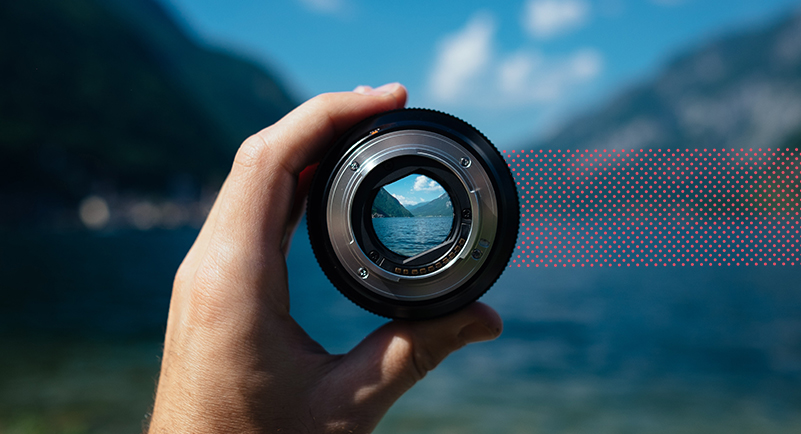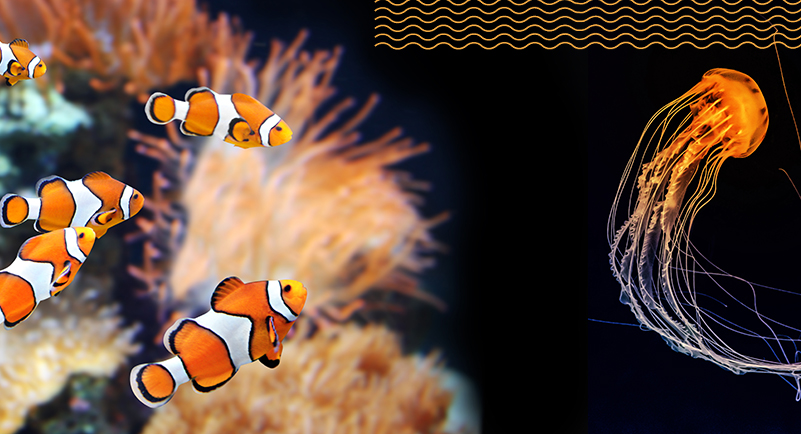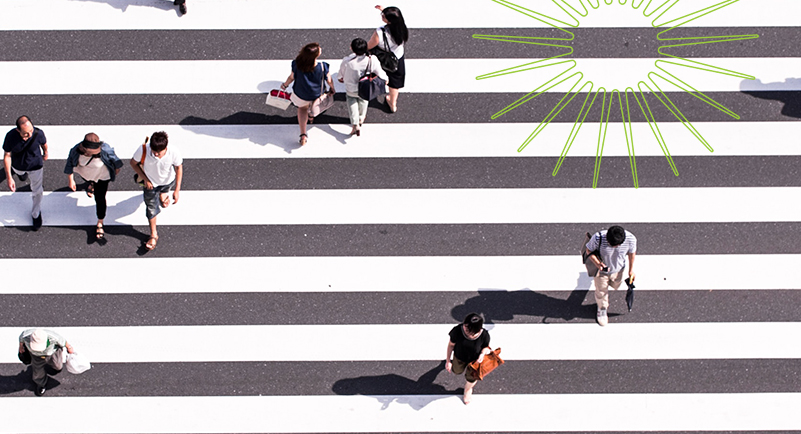
Perception builds expectation. People’s perception of a destination is built on reputation, assumptions and what they may have seen or heard (think reviews, word of mouth, and user-generated content on social media), thus building on their expectation of that destination.
Applying this to your Meetings & Conventions Market means that your DMO will have to work with the type of assets considered most attractive by the type of attendee you will host.
Attendees are one of the biggest contributors to a destination’s perception and/or misconceptions and well, what they think could make or break your destination. We researched the most popular images to assist in creating a consistent positive message across all media, collect and distribute social proof and change perception to lead to successful experiences. It’s all in our eBook – DOWNLOAD IT!
But here are some sneak peeks for those of you in a rush.
The most popular images:
- natural landscapes and scenery
- people involved in recreational activities
- man-made landmarks and buildings
Based on the number of selections, the top 5 images perceived as inspiring were photos portraying:
- people walking outdoors near historic shops (this is a no brainer on our end. PEOPLE ARE KEY!!!)
- fireworks on the parkways on the top of the Art Museum (a.k.a. Arts & Culture) (users want to see what’s happening, not where in the city it’s happening, i.e. they want to see everyone gathered at Central Park watching the 4th of July fireworks, vs. the view of Central Park)
- an outdoor scene of an art gallery (adding in scenery outside of the city center and the convention center is just as important)
- a night street view of the nightlife (nightlife, but there is a part of the study at the bottom of my notes, that says nightlife with people enjoying themselves)
- a dining scene in a restaurant (a waiter talking to patrons is important to showcase customer service and the culture/people of the place)
Action plan: organize imagery you already have, take low-level images i.e. “water”, “marine animal” and “glass” and create a top-level gallery “aquarium” = “tourist attraction”.
Move beyond the destination photos and into the photos that showcase the destination experience. It’s not about the photos that showcase “space, dates, and rates”, and more about the photos of the “community feel and social interaction”.
When looking at imagery an important visual cue is color and lighting of a photo which creates “the intimate feeling…magic fit”. Take a gander at our 10 Terrible, Horrible, No-Good, Very Bad Destination Photos Blog.
Visitors and attendees enjoy seeing photos that include:
- tranquility of a city, quiet early mornings, waterfall, nature
- smiling faces and friendly service (people interacting)
- walking around (huge with shopping in small shops or touring quaint neighborhoods)
DMOs can lean their destination’s focus to the visitor’s experience. Think about who is visiting. Marketing research should first identify the experiential perceptions of their target market group. Need meeting planner and attendee personas? We got you!






